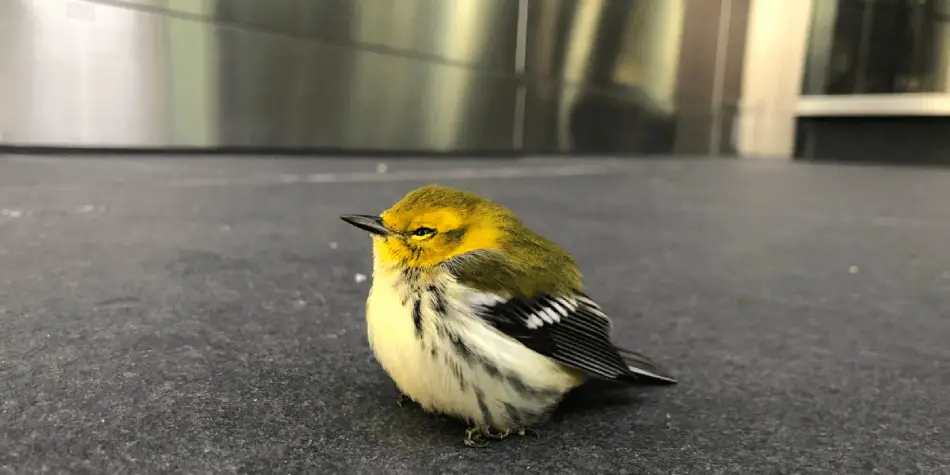
A research study conducted by scientists at the American Bird Conservancy, Fordham University, NYC Bird Alliance and Stony Brook University uncovered new evidence that building collisions are killing significantly more birds than previously estimated—well over one billion annually in the United States alone.
Previous research estimated between 365 million and 988 million birds die annually from building collisions in the U.S. However, today’s research findings suggest that even this upper estimate falls short of the true impact. By factoring in the high mortality rate of birds that initially survive collision but later die from their injuries, this new study pushes the estimated death toll well beyond the one billion mark.
The study's findings
The research examined outcomes for over 3,000 birds injured in building collisions and brought to rehabilitators across multiple states. Their findings uncovered that only 40% of birds with injuries from collisions survive, even with the highest standards of wildlife rehabilitator care, suggesting that current mortality estimates based solely on birds found dead at collision sites vastly undercount the true toll.
The study not only sheds light on the magnitude of the problem but also points to potential solutions. By implementing bird-friendly design in new construction and retrofitting existing buildings, building owners can significantly reduce bird collisions. Additionally, reducing artificial light at night can help mitigate the disorienting effect on night-migrating birds, further preventing collisions and concentrations of birds in human dominated landscapes.
The experts weigh in
"Even under the best care conditions provided by wildlife rehabilitators, 60% of collision victims ultimately died from their injuries," says lead author Ar Kornreich of Fordham University. "This indicates that birds who appear stunned or fly away after a collision are far more likely to die than previously thought."
"Bird populations across the globe are in steep decline, in part due to collisions with buildings,” says co-author Dustin Partridge of the NYC Bird Alliance. "If we don’t address artificial light and glass, we’ll continue to lose over a billion birds in the U.S. annually.”
“Birds generally cannot see or recognize glass. When they see vegetation or the sky reflected in windows, they perceive it as habitat and do not know there’s a barrier in the way that they cannot fly through,” adds senior author Kaitlyn Parkins of ABC.


